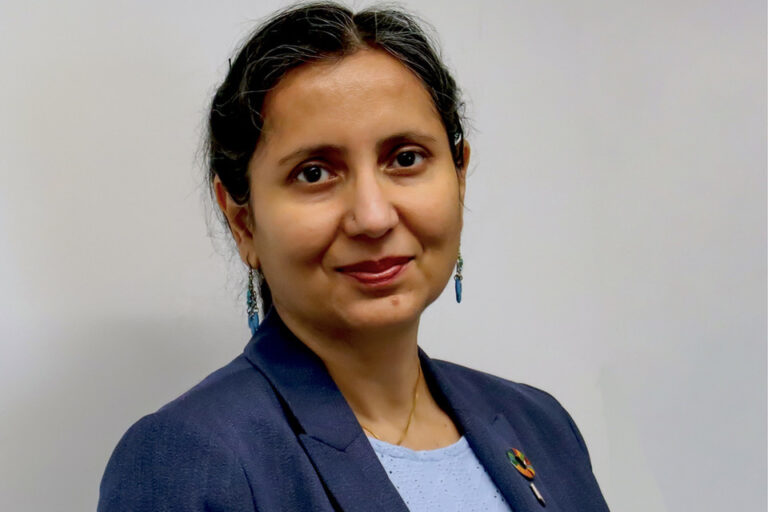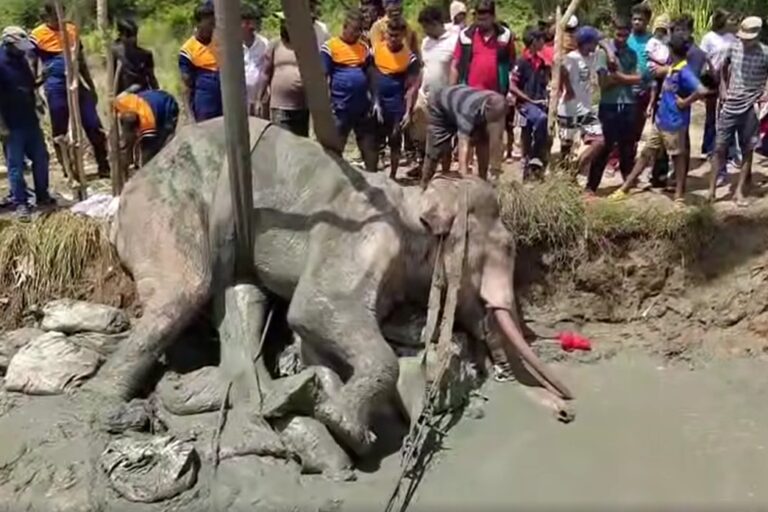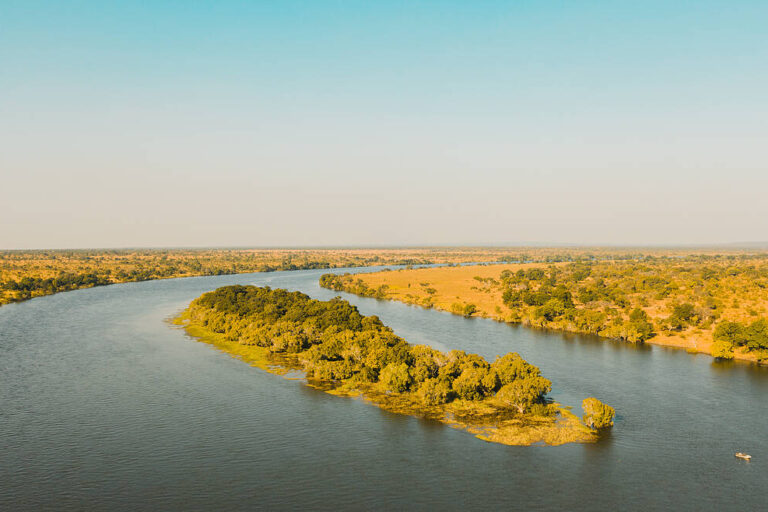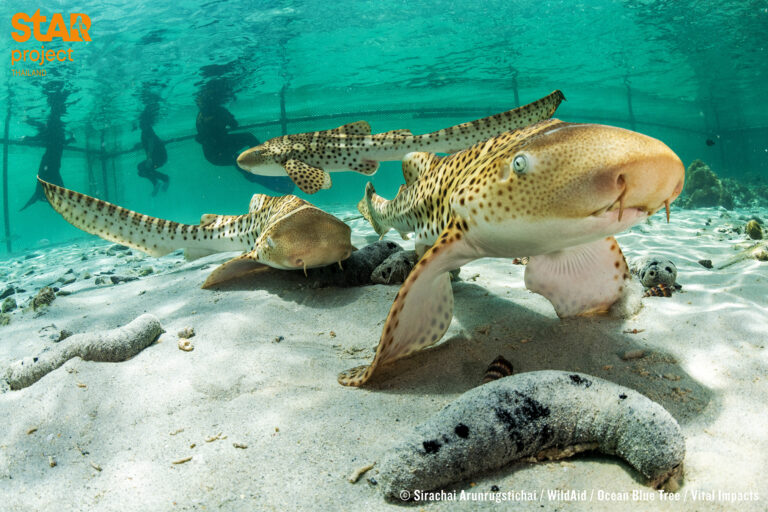A study conducted in the Brazilian Amazon has found that community-based volunteer patrolling efforts in two protected areas were associated with an 80% reduction in recorded environmental crimes from 2003-13. During the same period, there was no clear decline in environmental violations detected by government-led operations outside those protected areas, suggesting that community-based patrols were more effective.
For the study, researchers analyzed data collected between 2003 and 2013 by community patrol officers in 12 territorial units in two protected areas: Mamirauá and Amanã sustainable development reserves in Amazonas state.
The data were recorded as part of the Voluntary Environmental Agents (VEA) program that began in 1995 and engaged local people to voluntarily patrol their territory to complement the federal surveillance and monitoring system.
During the years analyzed, locals carried out 19,957 patrols, recording crimes in 1,188 of them. Overall, VEA program members recorded 1,260 environmental crimes, the majority related to fishing and hunting infractions.
For comparison, researchers also analyzed government inspections of environmental crimes recorded by government-led enforcement operations between 2002 and 2012 in areas outside the reserves. During this period, authorities carried out 69 operations, detecting 917 crimes across all inspections.
The decade of community patrols coincided with an 80% decline in recorded environmental crimes in 11 of 12 areas analyzed, the study found. By contrast, the government-led inspections were not associated with clear reductions in detected crimes over time.
This difference between the two “underscores the importance of advocating for community-driven interventions” even beyond protected areas, the authors wrote.
“We need to place communities at the center of this conservation process and understand that it is through their empowerment … that they become protagonists in the conservation and development of the Amazon, because in fact they already are,” Caetano Franco, the study’s lead author and a researcher at the Mamirauá Institute for Sustainable Development, told Mongabay in a video call.
Felipe Nunes of the Center for Remote Sensing at the Federal University of Minas Gerais, who has researched environmental law enforcement in the Brazilian Amazon but wasn’t involved in the study, cautioned that community and federal actions cannot be directly compared because they occurred on different land use types. But the study is still valid and sheds light on the importance of joint initiatives, he said.
Franco highlighted the importance of financial support for community initiatives and the need for public security policies for communities involved in patrols. But he cautioned that increased community responsibility in conservation initiatives and surveillance could lead governments to assume the communities can manage by themselves and reduce official support.
“The first step is to understand that communities are not responsible for this kind of activity, nor should they be. They should be seen as partners in a responsibility that mainly falls on the state and federal governments,” Franco said.
Banner image: Mamirauá and Amanã sustainable development reserves. Image by Daniel Marques via Wikimedia Commons (CC BY 2.0).














